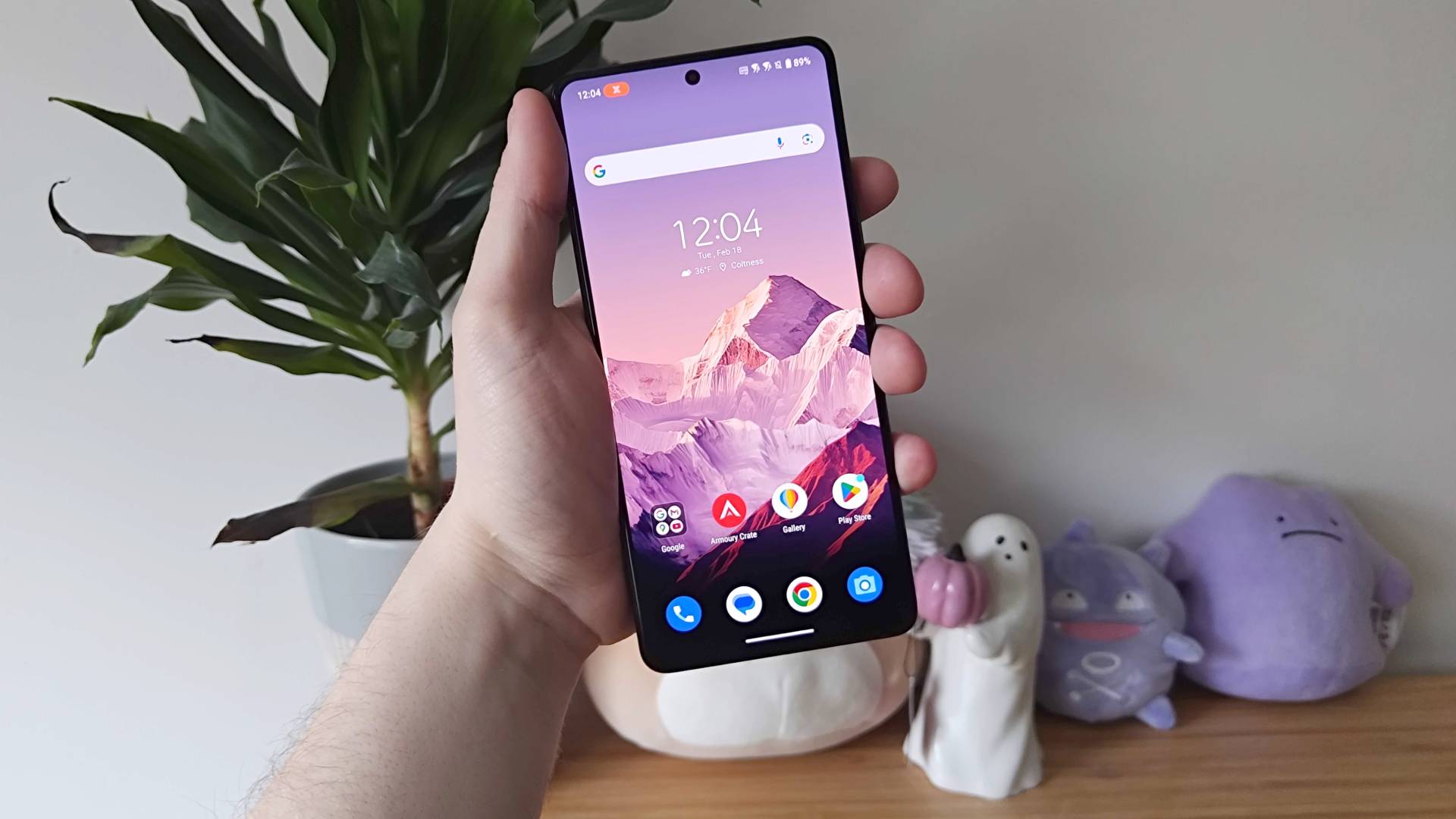GamesRadar+ Verdict
The Asus ROG Phone 9 Pro plays it safe by enhancing the core specs of its predecessor but also makes time to add a little extra visual flair. If you’ve been holding off on picking up a new gaming phone, this new version will offer a refined experience and ridiculous performance, even if it mainly caters to mobile gaming enthusiasts looking for showstopping specs.
Pros
- +
Extremely powerful
- +
Slick 185Hz AMOLED screen
- +
Improved AniMe Vision back display
- +
Touch triggers are still top tier
Cons
- -
As expensive as smartphones get
- -
Silly offset USB-C port
Why you can trust GamesRadar+
I don’t mean this as an insult, but the Asus ROG Phone 9 Pro feels like a sports car rallying around a rural village. If the new flagship weren’t confined to country roads, it’d be able to pull off tremendous tricks, but as things currently stand, it’s really just for the troublemakers who want to do donuts in the local park. All of those daft metaphors to say that this device remains one that’s for enthusiasts who are nerdier than the average player about specs, but that’s pretty much the same vibe as last year.
Face-melting specs aren’t the only thing the new Asus ROG Phone 9 Pro and last year’s ROG Phone 8 Pro have in common – both best gaming phone contenders also boast a surprisingly subtle getup. I’m half tempted to start drawing parallels to the iPhone, but the approach feels more like a sleeper build since the device is secretly kitted out in the usual gamer drip.
Effectively, it feels like Asus has found a visual niche that works for it, and I’m not quite bored of the ROG Phone 9 Pro’s AniMe vision rear LED panel and elegant aesthetic yet. That said, with prices starting at $1,199.99 / £1,099.99, I am starting to wonder whether the device’s customizable backlights and ambitious specs can carry its price tag again next year.
Processor | Qualcomm Snapdragon 8 Elite (4.3GHz, 64-bit, Octa-core) |
RAM | Up to 24GB |
Storage | Up to 1TB |
Display | 6.78-inch AMOLED, 2448 x 1080, 185Hz |
Battery | 5500mAh |
Cameras | 32MP front, 50MP main rear, 13MP ultra-wide |
Ports | 2x USB-C, 1x 3.5mm |
Operating system | Android 15 |
Dimensions | 163.8x76.8x8.9mm |
Weight | 225g |
IP rating | IP54 |
Design
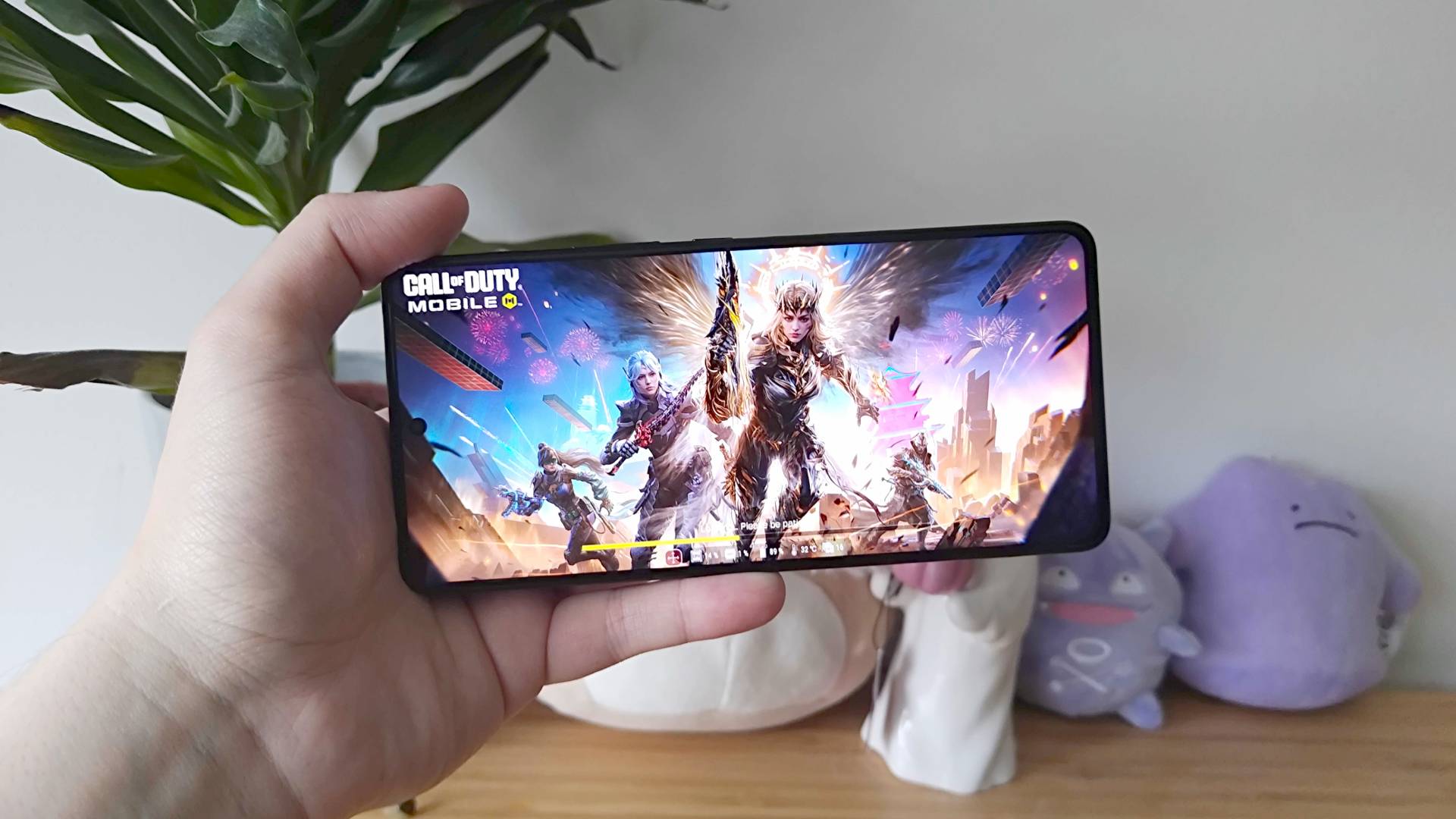
You only need to walk into a cellphone store to know that mobile devices are pretty boring from the front. Gone are the days of taco-shaped weirdness and oddities like the Nokia N-Gage and it is the same black rectangle that prioritizes functionality over flamboyance. Would I have enjoyed Asus adding some soft bananas element to the front of its new gaming phone display? Maybe, but that’s not something I’ll hold against the ROG Phone 9 Pro.
Instead, I’ll praise the device for what it gets right. For starters, its 6.78-inch edge-to-edge AMOLED display feels like a screen from 2025 despite the fact it's almost the same as last year’s ROG Phone 8 Pro. That’s largely thanks to the fact Android phones are already pulling bigger design punches than iPhones in this department anyway with things like a proper camera cutout rather than an obtrusive “island”, but it still works in Asus’ favor.
Just like with most phones, the party is in the back, and Asus puts on quite the show with its AniMe Vision display. Rather than adding RGB strips and other less functional elements like with its previous devices, the ROG Phone 9 Pro inherits the same array of mini LED lights as its predecessor with a few enhancements. The last version was mainly designed to display gifs and visual information like the time, battery life, and incoming calls, but there’s a bit more going on this time around.
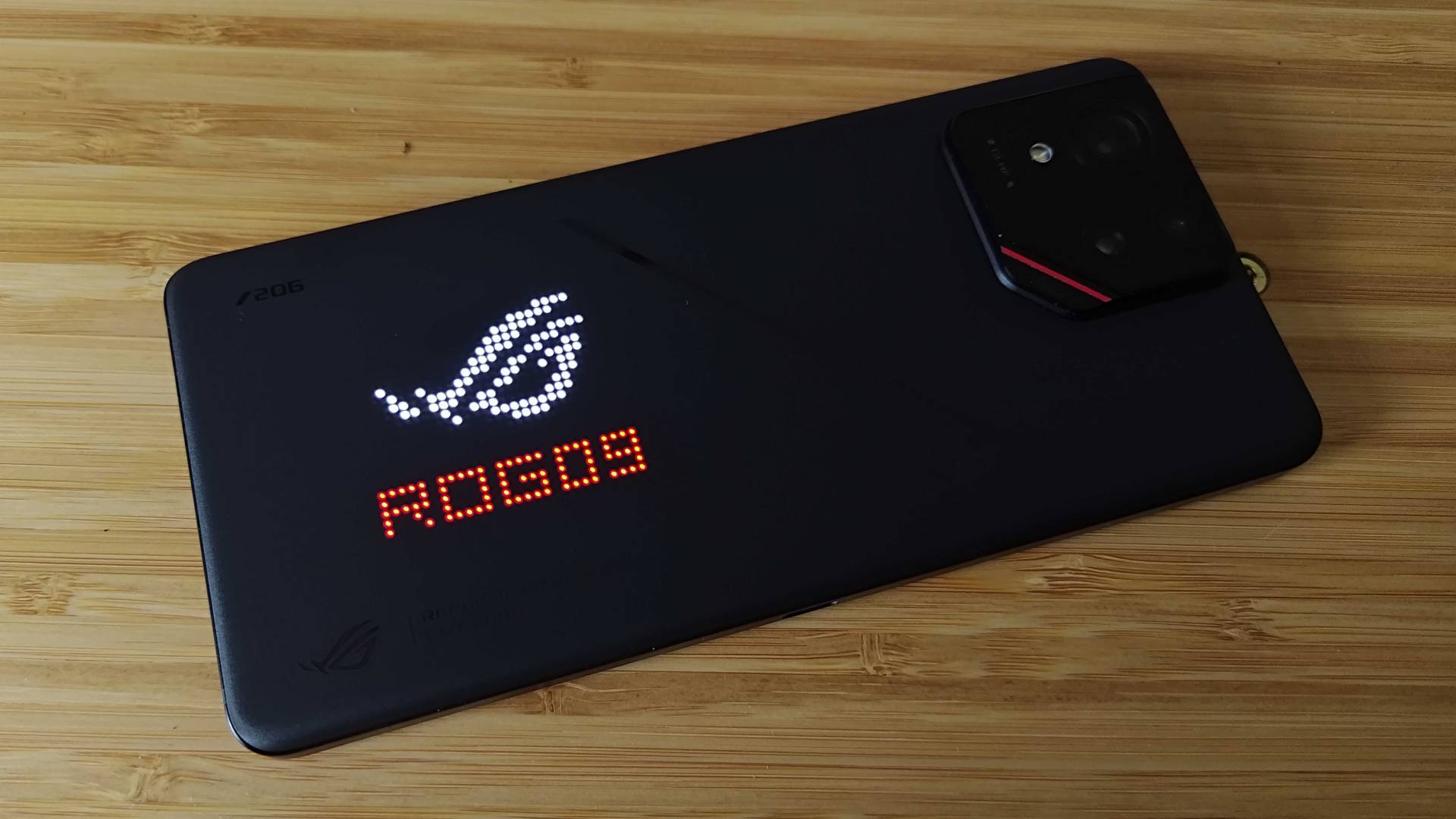
If you aren’t a fan of just white lights, you’ll be thrilled to hear Asus has included a splash of red this time around. The added color resides in its own dedicated strip segment that provides an additional layer of animation but is used as an extra line of text in most pre-loaded examples. If you choose a custom option, you’ll be able to leave out the bottom layer entirely, but otherwise, you’ll have to get used to the newfound red accents.
The rest of the back almost looks identical to the ROG Phone 8 Pro, but there are a few tiny changes if you squint hard enough. The camera bump has a metallic red strip on the beveled edge to match the new lighting, and ASUS has replaced its former 8K ULTRA HD text with “GLHF” instead. Considering the only time I actively say “good luck, have fun” to anyone is in response to troublesome opponents in Overwatch 2, I find its inclusion on a phone in 2025 pretty amusing.
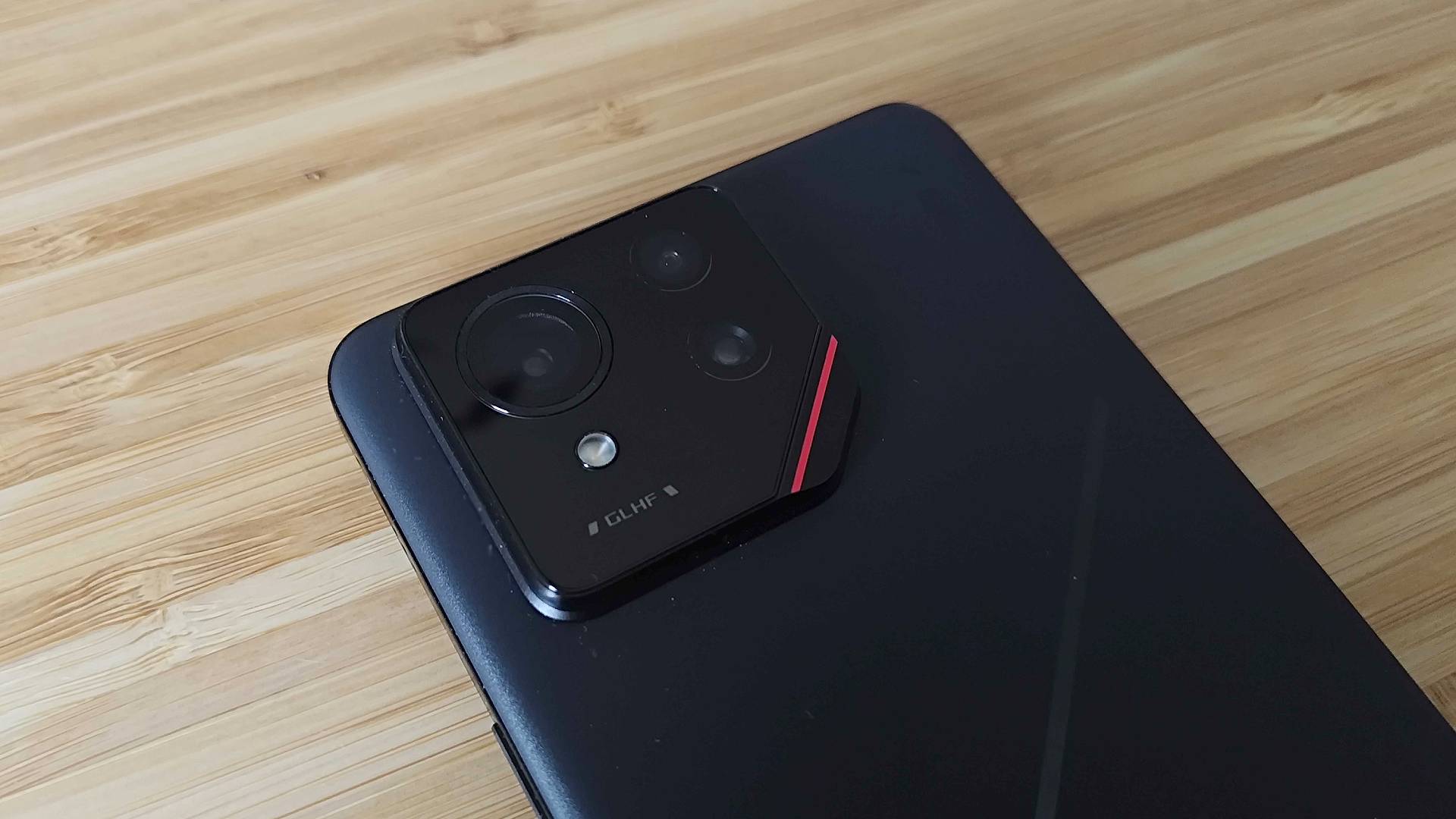
The ROG Phone 9 Pro keeps its sides the exact same as the 8 Pro too, and I have beef with Asus over that. If you’ve ever used one of the mobile maker's devices, you’ll know that they feature an off-center USB-C port on the bottom and a centralized one on the side. The latter used to be justified since matching mobile controllers would line up correctly, but Asus’ latest ROG Tessen gamepad doesn’t even follow the standard. The quirk won’t prevent you from using the device as a makeshift gaming handheld, but I’m perplexed over the decision to keep this design trope up.
Features
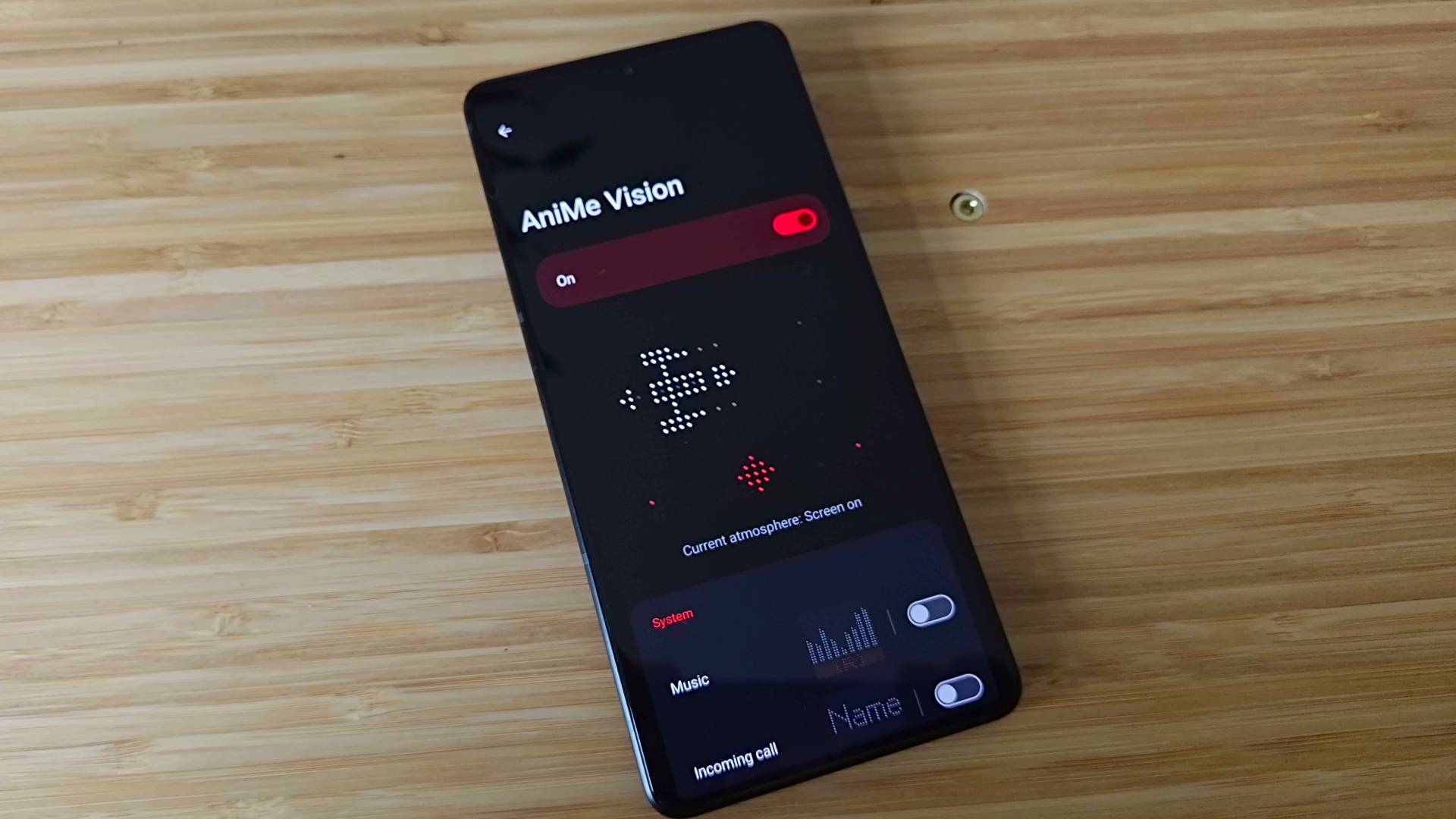
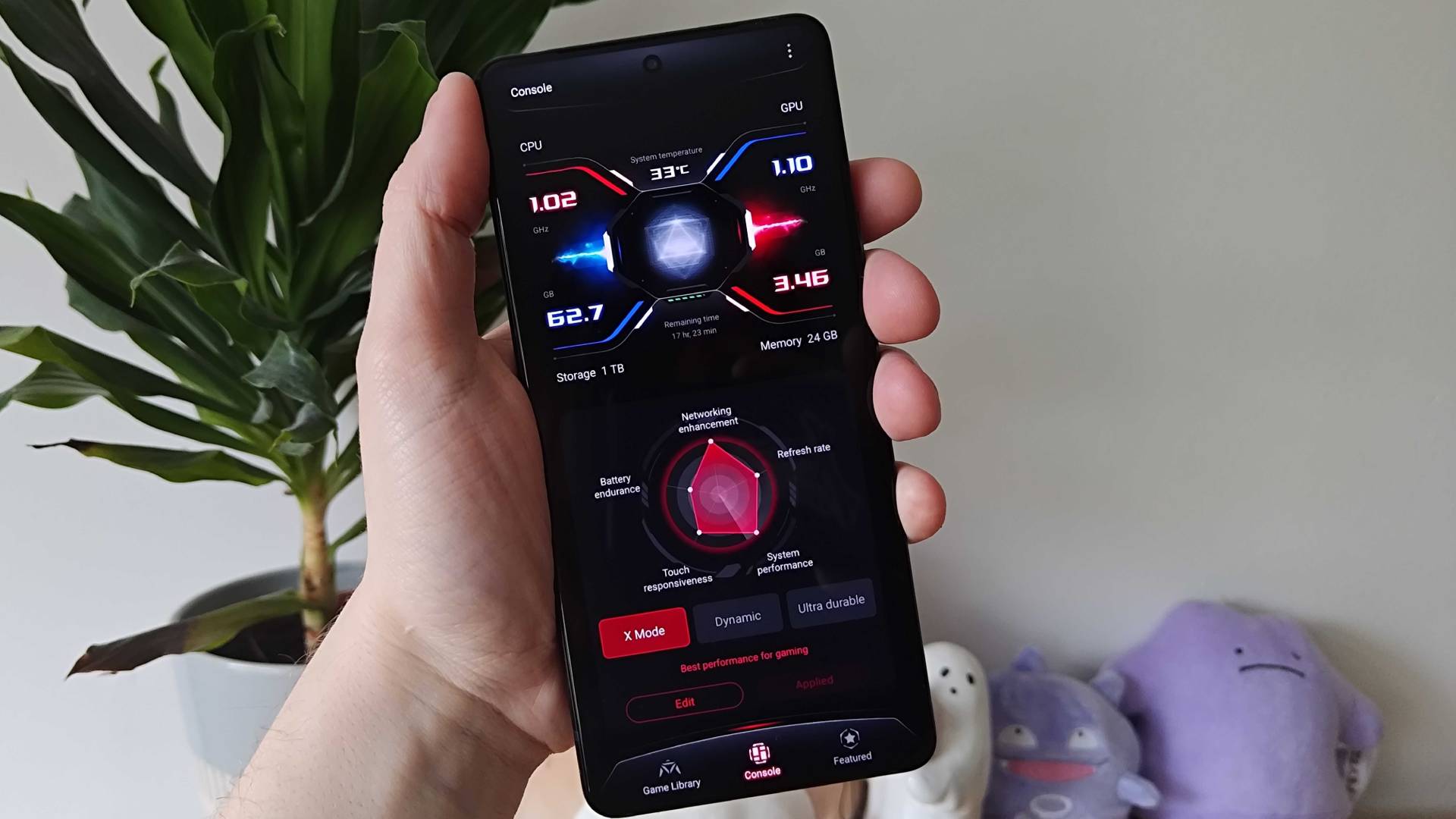
I’ll get the slightly gimmicky thing out of the way first – you can now play games on that back AniMe screen. That’s probably the biggest new addition functionality-wise to the ROG Phone 9 Pro, and while I absolutely love the irony of playing arcade romps in a lower resolution than a Nokia 3210, it feels like it exists to draw your attention back to the capacitive touch triggers. You’ll use those to interact with the back pixellated games like a Snake-clone and a pew-pew spaceship shooter, but they’re also the main physical draw for buying a gadget like this.
Asus’ air triggers have always felt like a middle ground between virtual controls and physical buttons. They provide haptic feedback that helps things feel a bit more tactile, and I enjoy how they feel in games like Call of Duty Mobile. However, those of you who prefer more mechanical methods will want to grab the bundle with the AeroActive Cooler X in the box since that attachment has its own set of paddles. It’ll also aid the phone’s Snapdragon 8 Elite Mobile cool off a little in intense scenarios, although you’d have to push it pretty hard to desperately need an active solution like that.
Serving as a feature in itself, the ROG Phone 9 Pro’s AMOLED screen ramps things up to a stupendous 185Hz. Yes, we’re at the stage where your smartphone is probably faster than your gaming monitor, and it’s naturally overkill for most Play Store apps out there. It’s still a fantastic feat that acts are futureproofing, although roguelikes like Dead Cells will boost high enough to do the refresh rate justice.
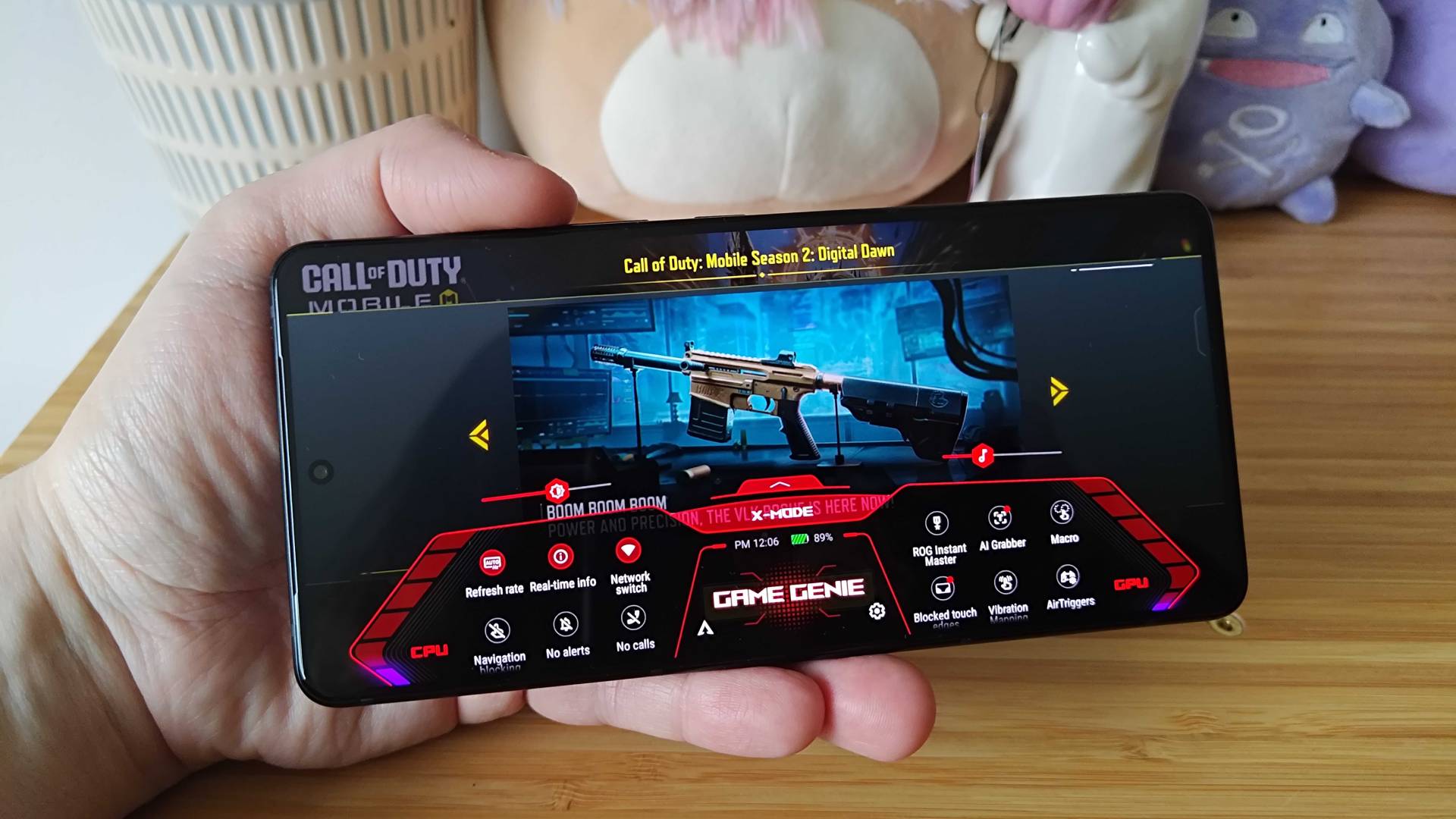
On the software side of things, I’m sure you won’t remotely be surprised to hear that AI features heavily this time around. Asus Armory Crate now boasts a few tools that specifically use machine learning for gaming-related activities, and I find some tricks to be more universally beneficial than others. For example, there’s an AI Noise Cancellation function that’ll clean up chat audio, a new AI Grabber that’ll translate text on the fly, and an enhanced version of X Capture that’ll auto-grab key events in-game
The feature I’ve personally got less time for is X Sense 3.0, as it’s designed to automatically complete in-game tasks for you. I don’t want to get too philosophical, but I draw the line at AI actively playing games on my behalf since I’d rather the robots wash my dishes than level up my characters. Sure, it’s supposed to take away some of the admin involved in some mobile outings, but I’d still rather do all the gaming myself. Of course, I’m potentially also not the tools target audience since specific genres benefit more from this sort of thing, and I’m sure you’ll already have a good idea of whether it’s something you’ll find useful.
AI shenanigans aside, Armory Crate hasn’t changed much this year. It’ll still provide access to plenty of nice gaming options, performance modes, stats, and Asus’ Game Genie. It also makes for a nice play to narrow down games that’ll help the phone flex its muscles since the “featured” section has releases categorized by refresh rate. It’s a small addition, but something I think helps justify the phone’s ridiculous specs.
Performance
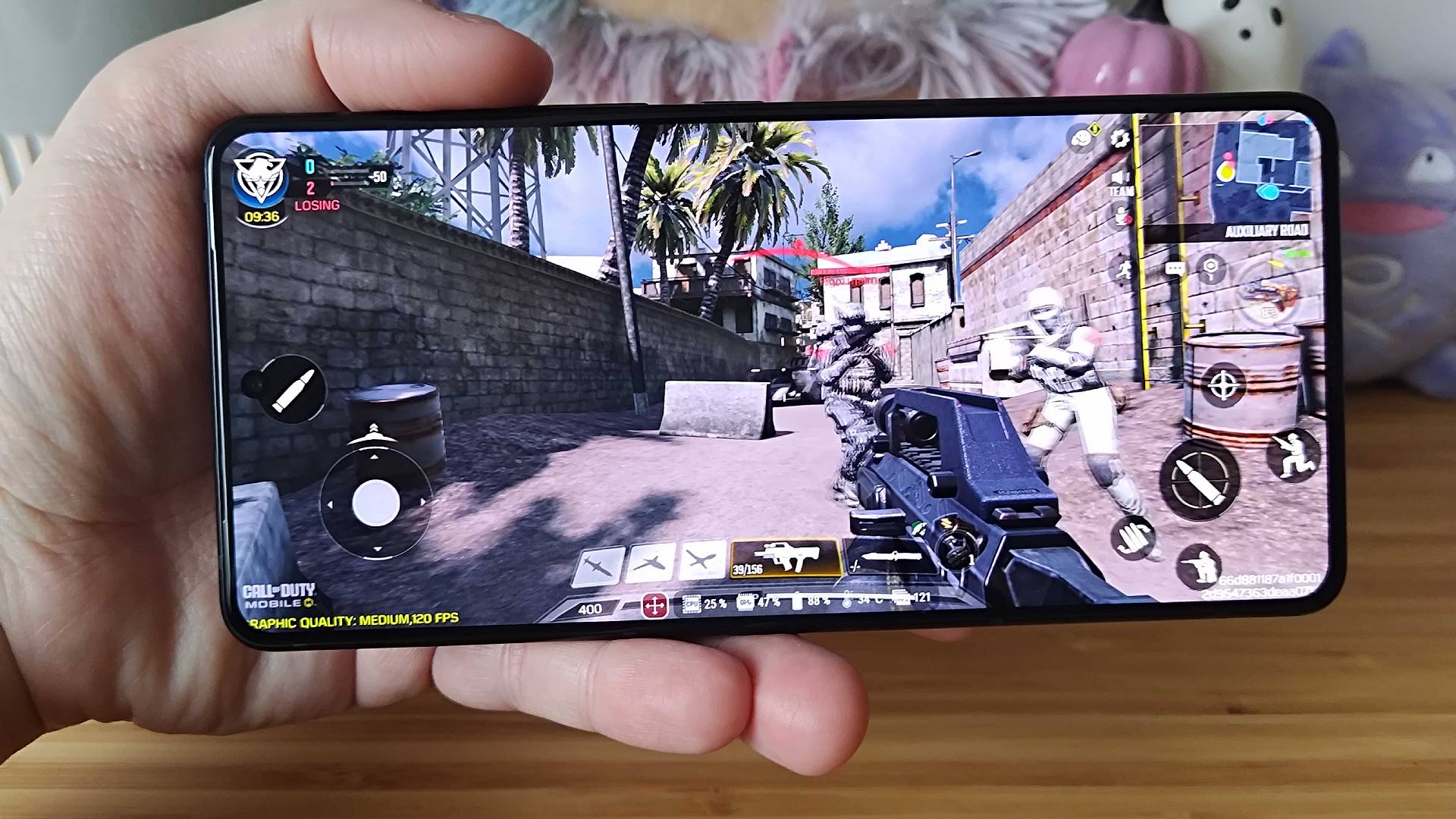
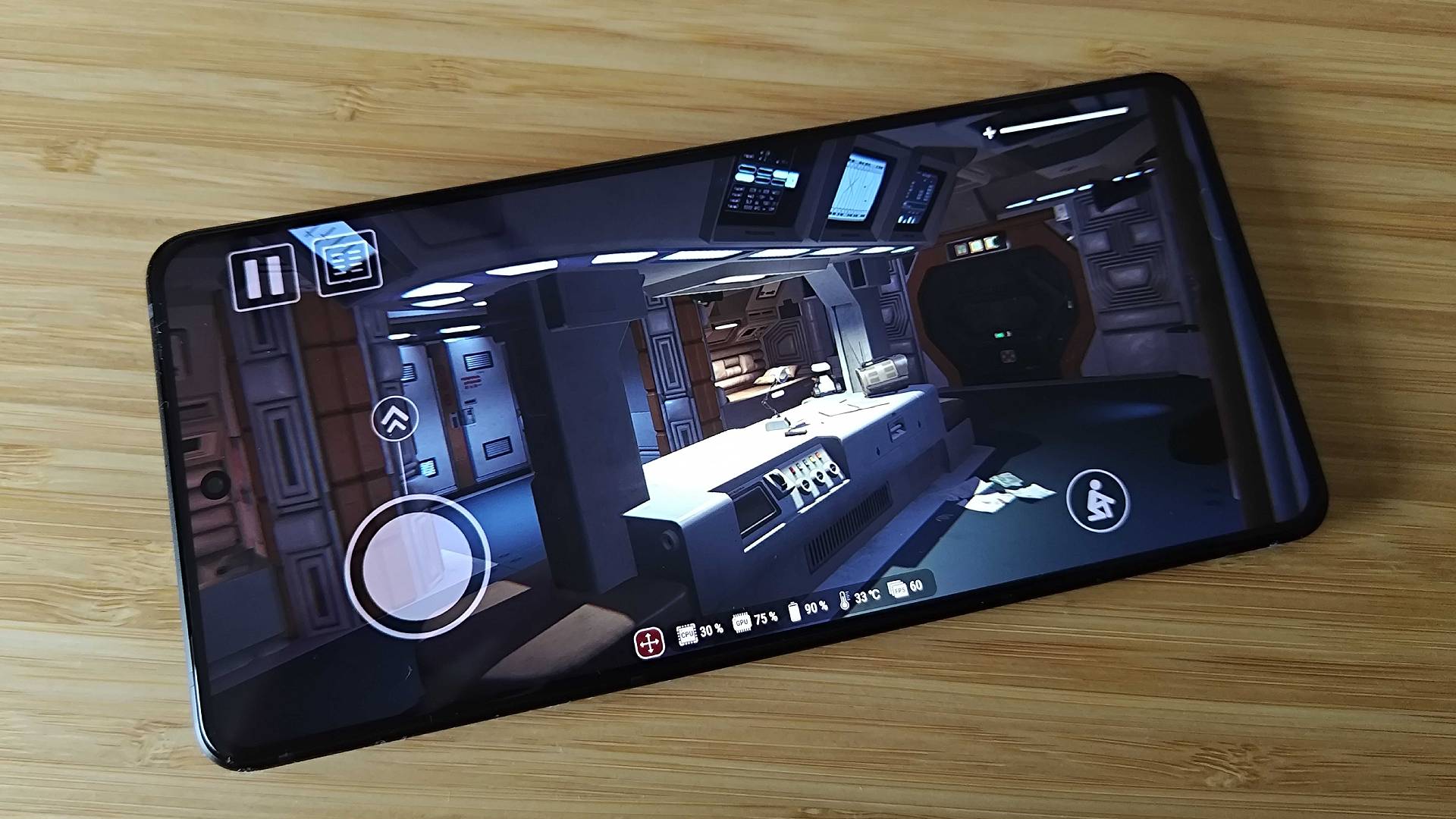
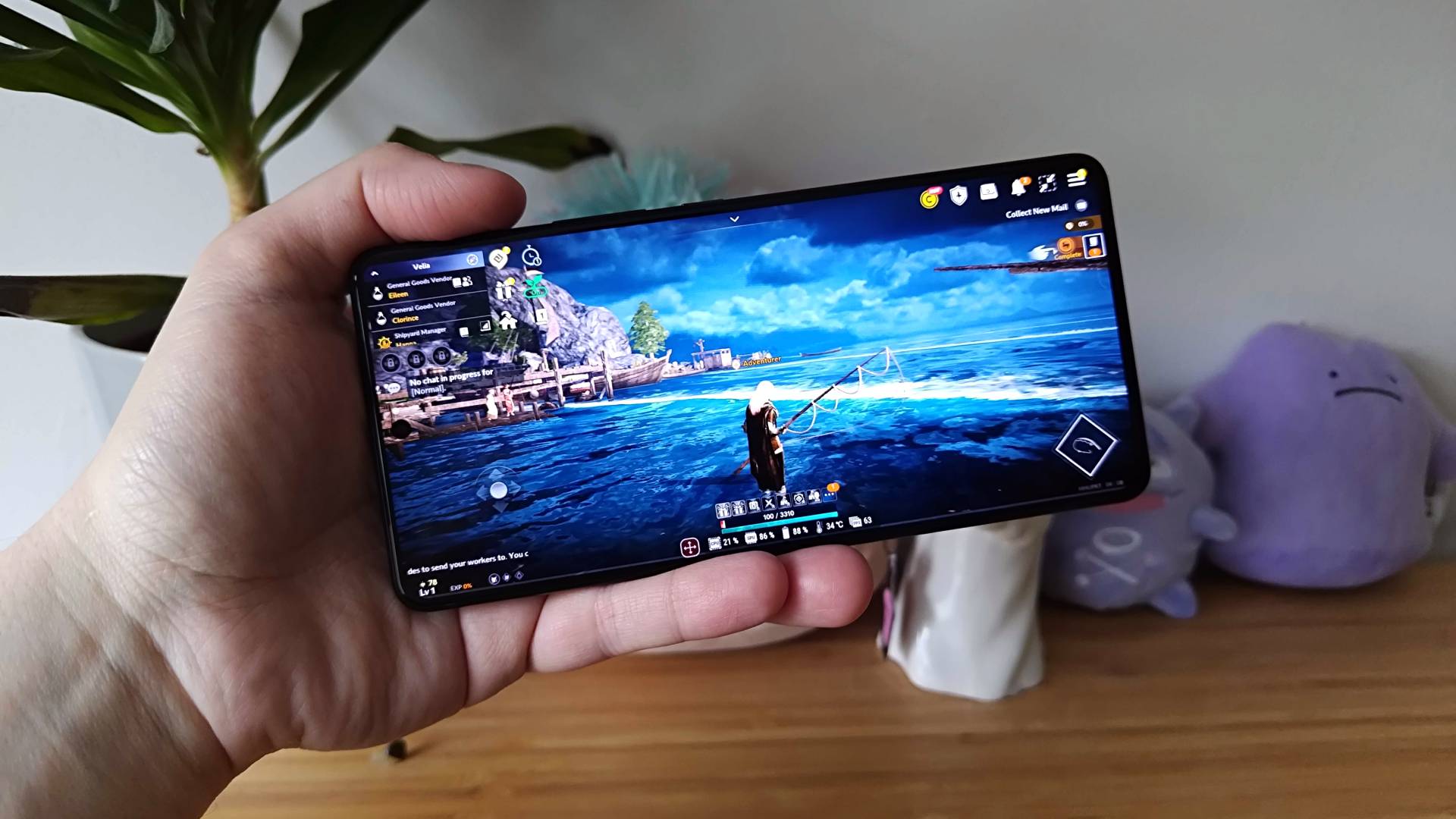
It’d be weird if the ROG Phone 9 Pro couldn’t pull tremendous performance punches. However, I’m still fascinated by how hard it is to make this gaming phone sweat, as games I’d fully expect to be taxing seemingly don’t require that much horsepower. Granted, one of them is Alien Isolation, which caps itself at 60fps and only uses about 40% of the device’s Qualcomm Adreno 830 GPU. Still, if a port of what used to be an impressive-looking PC release can’t stress Asus’ powerhouse, what will?
Call of Duty Mobile is certainly a contender that’ll run at 120fps, but still barely gives the Snapdragon setup a full workout. What I will say though is that even at that frame rate, playing at 185Hz alongside the air triggers feels phenomenal, and I feel sorry for the poor sods I ended up mowing down in multiplayer sessions.
That said, I still wanted to find a game that’d push those specs, so I fired up Black Desert Online to see what the RPG could contribute. The fantasy game is locked to 60fps, but has a bunch of settings you’d expect to find on PC, so I switched everything up to max. The result? The phone shrugged it off and provided effectively with 4K 60fps gameplay. Nice.
I still had an 185Hz itch that very much needed scratching, so I decided to buy Dead Cells despite owning it on various other platforms. It turns out that this modern classic completely respects the ROG Phone 9 Pro’s hardware, pushing GPU usage to around 80% while maxing out a resolution and hitting a solid 186fps.
If more indie darlings like this with elevated frame rate abilities could make their way to the Google Play store, I could see devices like this becoming a real threat to the likes of the Steam Deck OLED and the Nintendo Switch, especially since battery life fairs much better. I do think mobiles like this really make the latter feel ancient at this stage, as I first played Dead Cells on Ninty’s handheld at 1080p 60fps.
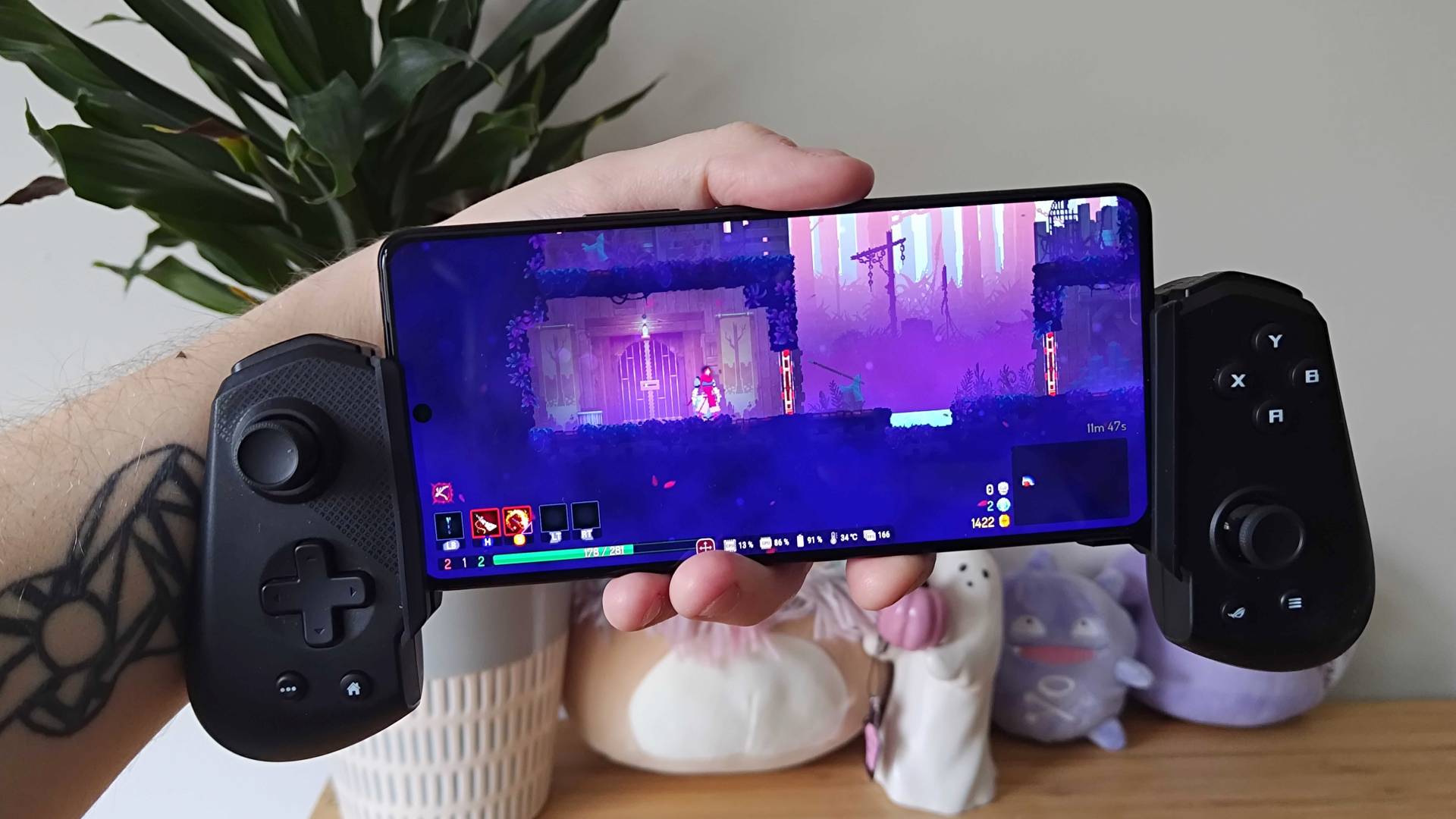
Speaking of which, the ROG Phone 9 Pro’s 5,800 mAh capacity fairs pretty well against moderate use. I was able to stretch runtime out to just under 48 hours before needing to reach for its fast charger, which then replenished things to full again within less than half an hour. In lengthy gaming sessions, the phone lasted around five and a half hours, which is pretty swish compared to otter portables. As always, your mileage may vary depending on how intense your activities are, but let it be known that it’ll survive a night of TikTok doom scrolling with some time for gaming to spare.
Naturally, I also spent a lot of time assessing the ROG Phone 9 Pro’s camera, and it was certainly the most underwhelming part of the experience. Don’t get me wrong, it’s a perfectly serviceable three-lens rig with a capable 50MP frontrunner, but it doesn’t feel like an uplift compared to the 8 Pro. The only real difference I could sniff out between the two is a slightly more natural tone with the newcomer, but everything else felt otherwise the same. What I will say is that the video capabilities of the ROG series continue to impress me, and it’s still neat to see a pocket-size device outpace my Sony Handycam with 8K 30fps abilities.
Should you buy the Asus ROG Phone 9 Pro?
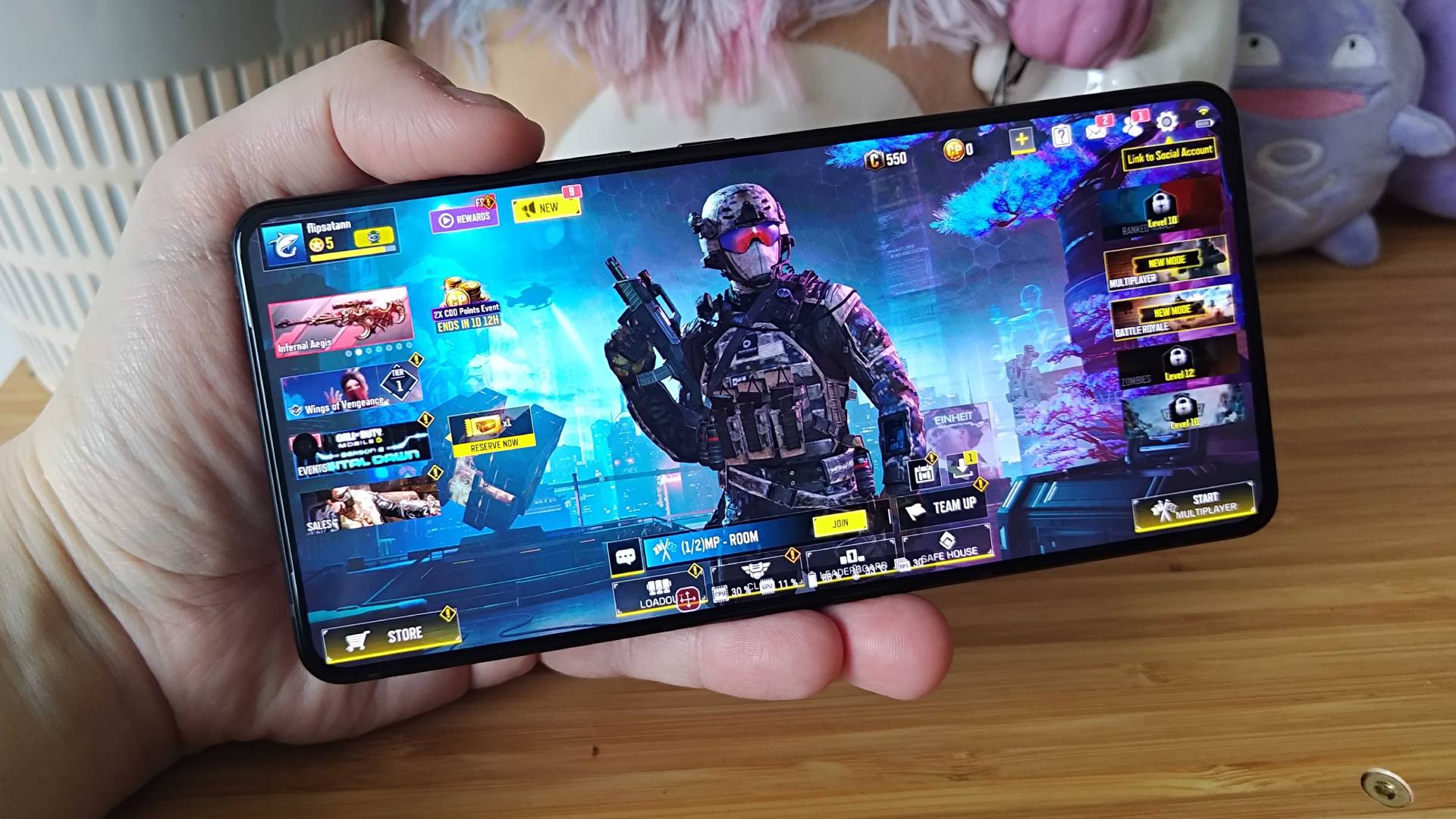
If you're a mobile gaming enthusiast looking for a powerhouse device, you’re likely already eyeing the Asus ROG Phone 9 Pro. Its trendsetting 185Hz screen and ultra-powerful Snapdragon CPU put it leagues ahead of its competitors, but it isn’t miles ahead of its ROG Phone 8 Pro predecessor. For that reason, I’d still keep last year’s version on your radar just in case it shows up for substantially cheaper, but I suspect many players would rather pay extra just to have the latest model.
All in all, business as usual for my favorite gaming phone, and if you’re looking for a dramatically different device, you’ll have to wait for the Asus ROG Phone 10 Pro. There’s every chance we’ll end up looking at another similar device this time next year, but maybe that’s a good thing seeing as the formula works pretty well.
How I tested the Asus ROG Phone 9 Pro
For three months, used the Asus ROG Phone 9 Pro as my daily driver. During that time, I used the gaming phone for everything from calls and internet access to playing a variety of games like Alien Isolation, Dead Cells, Call of Duty Mobile, and Black Desert Online. I also used the camera in various scenarios to check quality and compare its abilities to other similar devices.
For more information on how we test gaming phones and other mobile gadgets, swing by our full GamesRadar+ hardware policy.

I’ve been messing around with PCs, video game consoles, and tech since before I could speak. Don’t get me wrong, I kickstarted my relationship with technology by jamming a Hot Wheels double-decker bus into my parent’s VCR, but we all have to start somewhere. I even somehow managed to become a walking, talking buyer’s guide at my teenage supermarket job, which helped me accept my career fate. So, rather than try to realise my musician dreams, or see out my University degree, I started running my own retro pop culture site and writing about video games and tech for the likes of TechRadar, The Daily Star, and the BBC before eventually ending up with a job covering graphics card shenanigans at PCGamesN. Now, I’m your friendly neighbourhood Hardware Editor at GamesRadar, and it’s my job to make sure you can kick butt in all your favourite games using the best gaming hardware, whether you’re a sucker for handhelds like the Steam Deck and Nintendo Switch or a hardcore gaming PC enthusiast.
